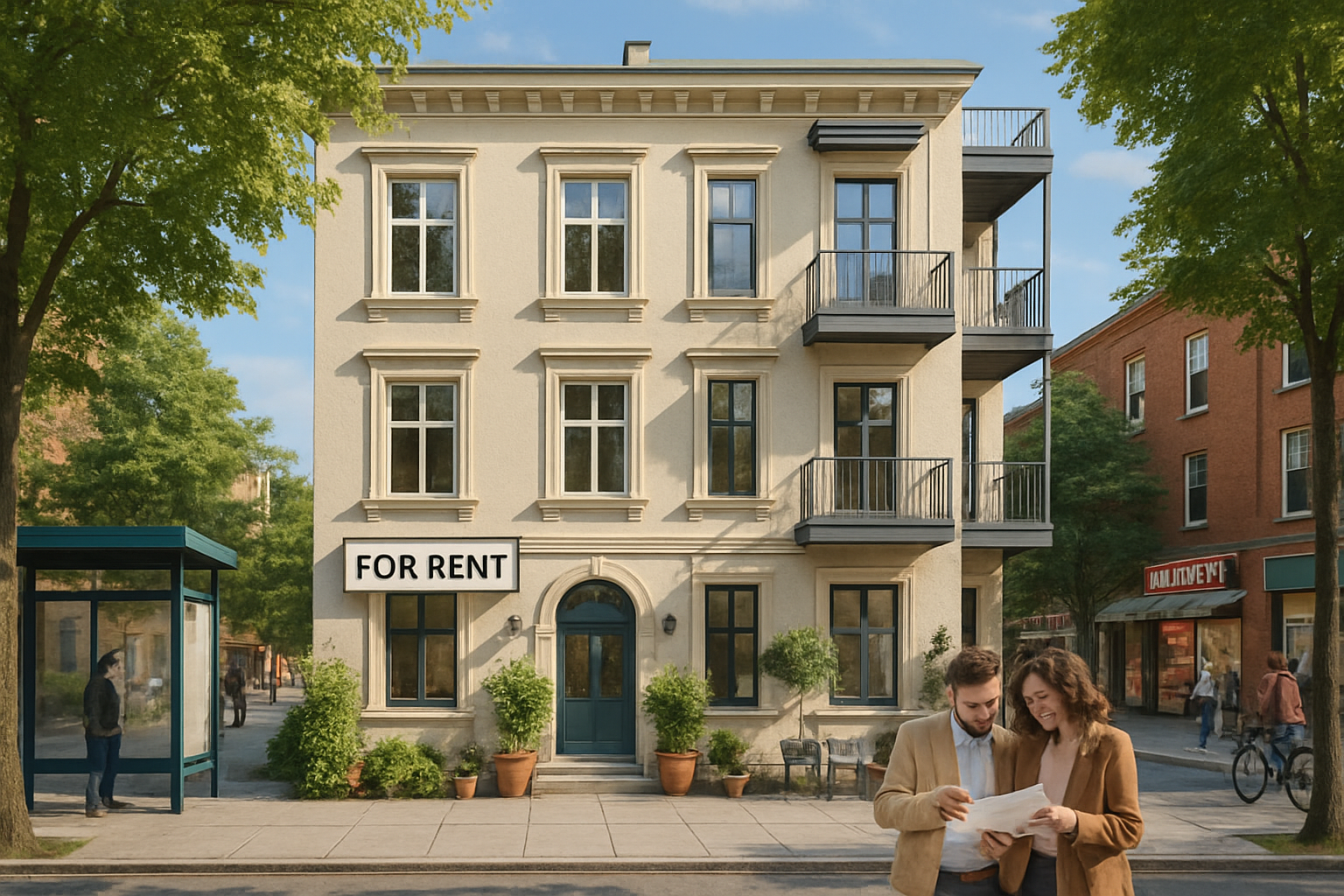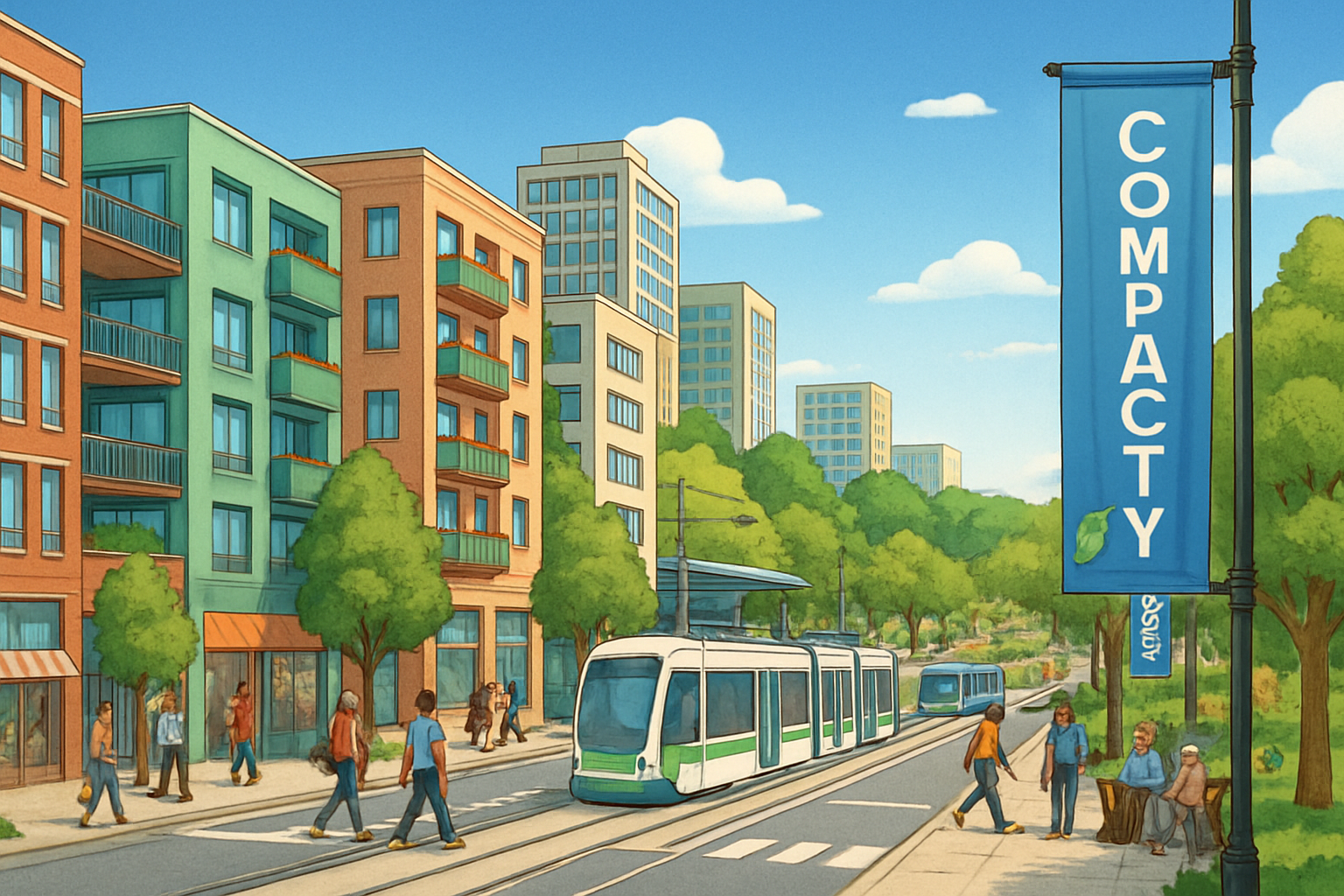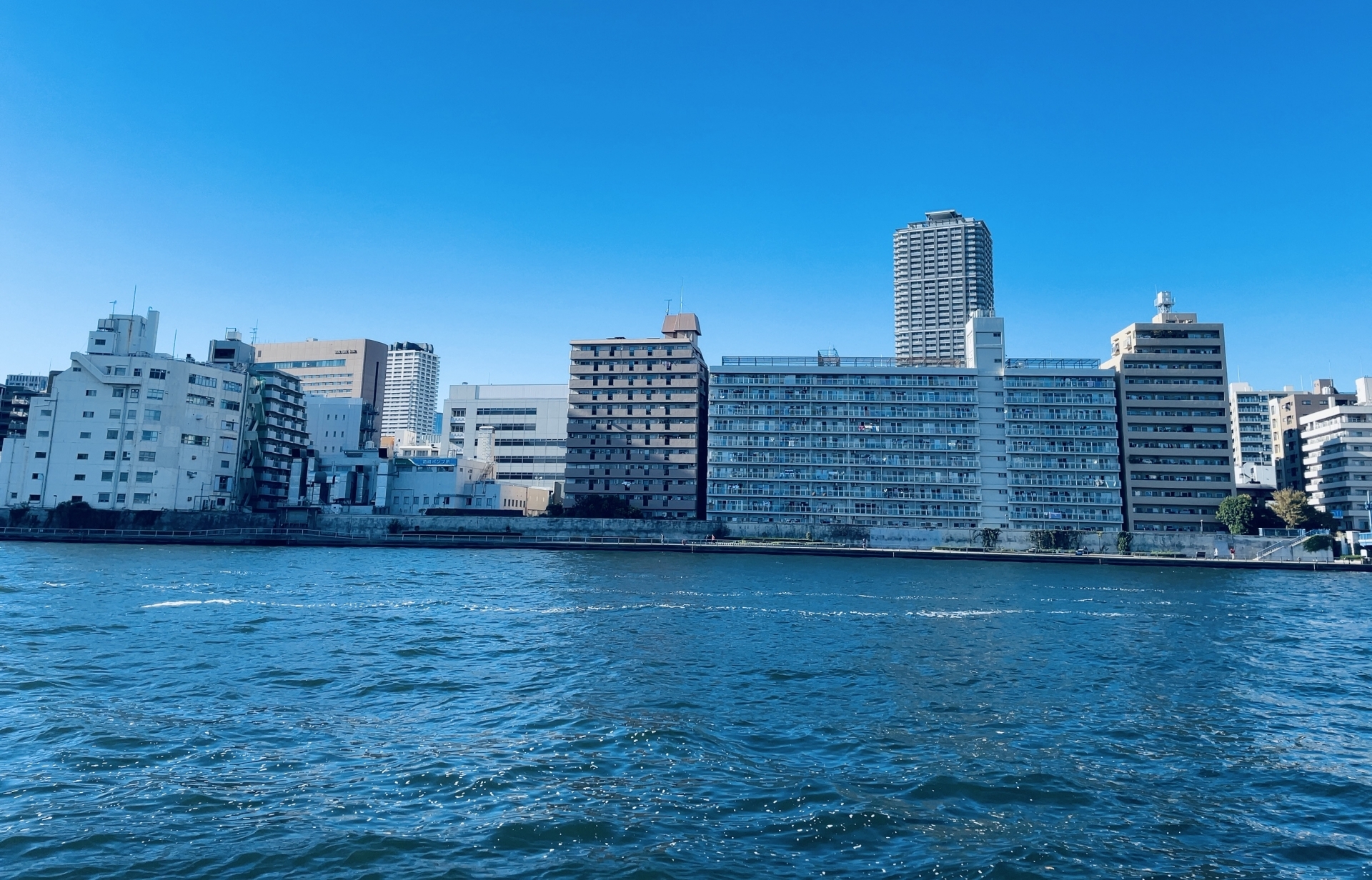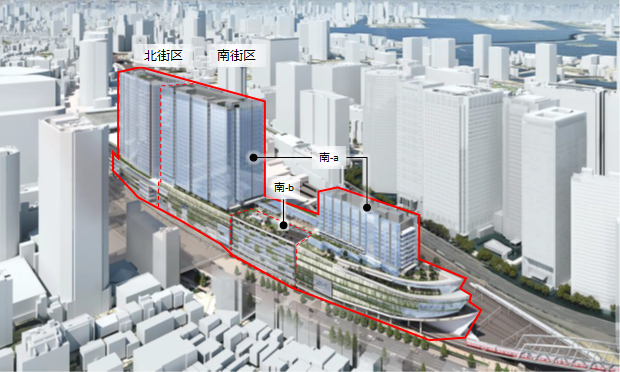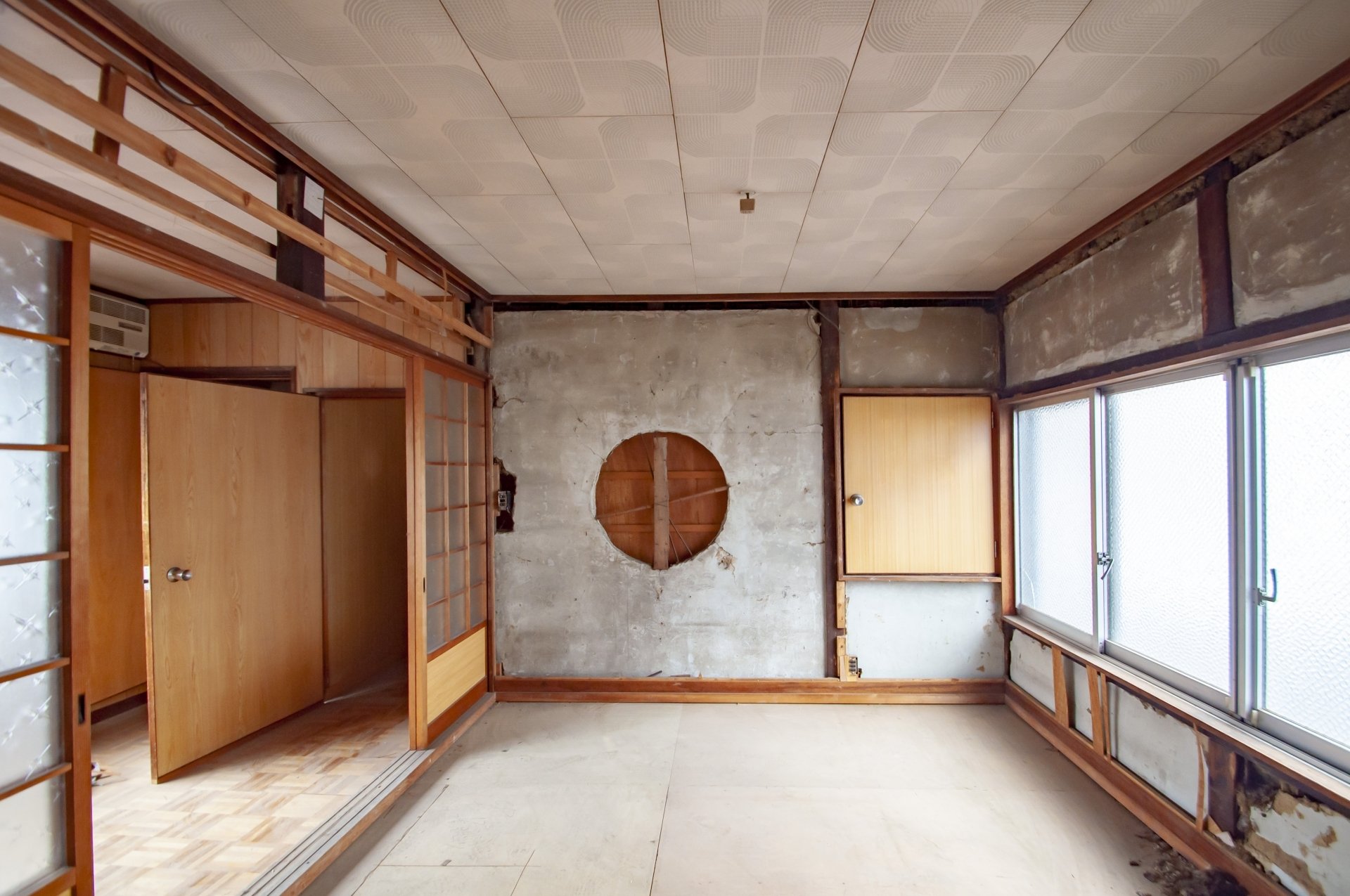Land readjustment projects are a system that plays an extremely important role in modern urban development.
This project is a comprehensive urban development method implemented under the Land Readjustment Law to improve public facilities and promote the use of residential land in urban planning areas.
In recent years, with the increasing concentration of population in urban areas and the growing demand to revitalize aging urban areas, land readjustment projects have been attracting more and more attention.
In particular, land readjustment projects provide effective solutions to complex land use problems that are difficult to solve with conventional land acquisition methods.
The most significant feature of this project is the unique mechanism of land readjustment.
Land conversion refers to the new land that will be granted after the project is completed, replacing the land that existed before the project was implemented (the land previously occupied).
Through this mechanism, landowners can basically acquire land that provides a better living environment and high convenience without incurring any financial burden.
Land readjustment projects are positioned as a comprehensive urban development method that aims to improve the value of the entire community, rather than merely reallocating land.
By improving the shape and layout of residential land in a rational manner, along with the development of roads, parks, and other public facilities, the project simultaneously improves the quality of the living environment and makes effective use of land.
This project is also unique in that it emphasizes consensus building among local residents.
The implementation of the project requires the full understanding and cooperation of the right holders concerned, and requires highly transparent procedures and careful explanations.
Because of these characteristics, the land readjustment project has a social significance that goes beyond mere physical development projects and deepens the unity of the local community.
Legal Basis and Institutional Framework of Land Readjustment Projects
Land readjustment projects are based on the Land Readjustment Act (Act No. 119 of 1954), which was enacted in 1954.
This law was born out of the need to improve urban infrastructure during the postwar reconstruction period, and has continued to function as the core system for urban development in Japan to the present day.
Article 2 of the Land Readjustment Law defines a land readjustment project as "a project to change the shape of land parcels and establish or change public facilities on land within an urban planning area in accordance with the provisions of this law, in order to improve public facilities and promote the use of residential land.
As is clear from this definition, land readjustment projects have two main purposes.
The first objective is to improve public facilities.
This includes new or widened roads, parks and green spaces, and lifelines such as water and sewage systems.
These public facilities improve the quality of life of local residents and also serve as evacuation routes and disaster prevention centers in the event of a disaster.
The second objective is to promote the use of residential land.
This means increasing the use value of land by shaping irregularly shaped land, integrating narrow residential lots, and improving road access conditions.
As a result, it will be possible to construct buildings that comply with the Building Standard Law, and this will also contribute to improving the asset value of the land.
The implementation of land readjustment projects requires close coordination with the City Planning Law.
In particular, when the project is implemented by a public body or by an association that plans to introduce government funds, the project will be implemented as an urban planning project after a city planning decision is made.
This ensures the public nature of the project and its consistency with wider-area urban planning.
In addition, the Land Readjustment Law establishes detailed procedural rules to ensure the transparency and fairness of the project.
From the formulation of the project plan to the determination of the land readjustment plan, sufficient explanation and opportunities to hear opinions from the right holders are provided at each stage, and the system is designed to emphasize the consensus building of the right holders.
Land readjustment project implementer and implementation system
The Land Readjustment Law limits the entities that can carry out land readjustment projects (the executors) to seven types.
The existence of these various types of implementers makes it possible to implement projects flexibly according to the characteristics of the area and the scale and character of the project.
Types and Characteristics of Enforcement Agents
| Type of Enforcement Agency | Main Characteristics | Applicable Situations | Authorization holder |
|---|---|---|---|
| Individual enforcement | Land owners and land leaseholders execute alone or jointly | Small-scale residential land development | Prefectural governor |
| Partnership | Implemented by an association of 7 or more right holders | Resident-centered community development | Prefectural governor |
| Enforcement by land readjustment company | Implemented by private companies | Development project for profit | Prefectural governor |
| Enforced by local governments | Implemented by municipalities and prefectures | Large-scale projects with high public interest | Minister of Land, Infrastructure, Transport and Tourism, Prefectural Governor |
| Implemented by Minister of Land, Infrastructure, Transport and Tourism | Directly implemented by the national government | National project | -Directed by the Minister of Land, Infrastructure, Transport and Tourism |
| Implemented by Urban Renaissance Agency | Implemented by UR Urban Renaissance Agency | Large-scale urban renewal project | Minister of Land, Infrastructure, Transport and Tourism |
| Implemented by Japan Housing Supply Corporation | Implemented by the Public Corporation | Projects for the purpose of housing supply | Prefectural governor |
Individual enforcement is the most basic type of enforcement.
In the case of one-person implementation, a single landowner or leasehold owner implements the project, while in the case of joint implementation, multiple right holders jointly implement the project.
This method is often applied to relatively small-scale residential land development or infrastructure improvement associated with agricultural land conversion, and is effective when the rights relationship is relatively simple.
The partnership implementation is the most common type of land readjustment project.
Seven or more owners or leaseholders of residential land jointly establish a land readjustment association, and the association acts as the project entity.
The greatest advantage of this method is that local residents can proactively participate in community development.
Members of the association are directly involved in the decision making of the project, and can realize their own improvement of the living environment with their own hands.
Local public entity implementation is used for projects that are of a particularly high public nature or for projects that are important for their consistency with wide-area urban planning.
With municipalities and prefectures acting as enforcers, large-scale and comprehensive urban infrastructure improvements become possible.
In addition, public funds can be used to implement unprofitable projects that would be difficult for the private sector to carry out.
In recent years, local public entities have become increasingly important from the perspective of urban renewal and disaster-resistant city planning.
In particular, comprehensive efforts by public entities are required to improve dense urban areas and to create disaster-resistant cities, including tsunami and flood countermeasures.
Core Concepts of Land Readjustment Project: Land Conversion, Land Reduction, and Land Reservation
The most important concepts in understanding land readjustment projects are land conversion, landreduction, and land reservation.
These systems are closely interrelated and are the core elements that determine the success of the project.
Mechanism and Significance of the Land Conversion System
In a land readjustment project, land is delivered in exchange for land that has previously been used (previously occupied land).
This system is the most distinctive mechanism of the land readjustment project and provides a fundamentally different approach from the site acquisition method.
The layout of the replacement land is determined by comprehensively taking into account the location, land area, soil texture, water use, usage conditions, environment, and other factors of the previously occupied land.
In principle, consideration is given to the location of the former land and the replacement land so that they are as close as possible, but the location may be changed as necessary to ensure the rationality of the project as a whole.
The greatest advantage of the land readjustment system is that landowners can acquire land with better conditions without having to sell their land.
The implementation of the project improves the use value and asset value of the land by improving roads, parks, and other public facilities, and by shaping the shape of the residential land.
In addition, since the conversion of the land succeeds the rights of the previous land, complicated procedures such as the registration of ownership transfer are not required.
Necessity and Fairness of the Reduced Fraction System
The reduction in the area of land to be converted is to reduce the area of land to be converted from the area of the previous land in order to secure land for public facilities and to raise the project cost.
The reduction of the area is an inevitable and important element in a land readjustment project, and it determines the feasibility of the project.
There are two types of reduction : public reduction andreserved land reduction.
Public concession is a concession to secure land for public facilities such as roads, parks, and rivers.
Since these public facilities contribute to improving the convenience and safety of the entire region, it is reasonable for all right holders to share the burden fairly.
Reservation land reduction is a reduction in the amount of land set aside to secure reservation land to cover a portion of the project cost.
The reserved land is sold after the project is completed and the proceeds are used to cover the project costs.
The percentage reduction is an extremely important factor that determines the success or failure of the project.
If the percentage reduction is excessively high, it will be difficult to obtain the understanding of the right holders, which will hinder the formation of a consensus for the project.
On the other hand, if the rate of reduction is too low, it will be difficult to secure the necessary land for public facilities and project costs, making it difficult to realize the project.
In order to set an appropriate rate of reduction, careful consideration must be given to the characteristics of the area, the scale of the project, and the level of public facilities to be developed.
Reservation Land System and Project Profitability
Reserved land is land that is set aside to cover the project costs of land readjustment projects.
The reserved land is created by the right holders in the district and is sold to the public after the completion of the project.
The reserved land system is an important mechanism that enables the independent operation of the land readjustment project.
By financing part of the project costs with the proceeds from the sale of the reserved land, the dependence on public subsidies can be reduced and the profitability of the project can be secured.
The existence of the reserved land also encourages the entry of new residents and businesses from outside the project area, thereby contributing to the revitalization of the community.
Determining the placement and size of the reserved land is an important consideration in the project planning process.
Reservation land is generally set aside on land that is accessible, well-shaped, and easy to use.
This allows for a higher sale price of the reserved land and contributes to improving the profitability of the project.
In recent years, collaboration with private businesses utilizing the reserved land has also been attracting attention.
There have been an increasing number of cases in which commercial, medical, and welfare facilities are attracted to the reserved land, thereby simultaneously improving the convenience of the community and ensuring the profitability of the project.
Land readjustment project implementation procedures and period
Land readjustment projects are implemented through a long and complicated process from the planning stage to the completion of the project.
The key to the success of the project is the implementation of appropriate procedures at each stage and the formation of consensus among the parties concerned.
Basic Flow of Project Implementation
The implementation of a land readjustment project proceeds through the following phases.
Phase 1: Planning and research phase
This is the stage in which the necessity and feasibility of the project are examined.
The current status of the area is surveyed, rights relations are understood, project methods are examined, and a schematic project plan is formulated.
In this stage, it is important to deepen understanding and interest in the project through exchange of opinions and study sessions with local residents.
Phase 2: Urban Planning Decision Phase
In the case of a public organization or a cooperative that plans to introduce government funds, it is necessary to go through the process of urban planning decision.
The public nature of the project is legally secured by the city planning decision, and the project can be more strongly promoted.
Phase 3: Project Plan Approval Phase
This is the stage where the project plan, which defines the specific details of the project, is approved by the approval authority.
In the case of an association, approval is granted for the establishment of the association, and in the case of a public entity, approval is granted for the outline of the design.
The project plan includes the area to be covered, the outline of the design, the project implementation period, and the financial plan.
Phase 4: Land Conversion Design Phase
This is the stage in which the land to be converted for individual rights holders is specifically designed based on the project plan.
This stage includes the evaluation of the existing land, the layout of the conversion area, the calculation of the reduction ratio, and the establishment of the land to be reserved.
In this stage, it is important to hold individual discussions with the right holders to reach a consensus.
Phase 5: Construction Execution Phase
This is the stage in which public facilities such as roads, parks, and water and sewage systems are constructed.
During the construction period, consideration must be given to minimize the impact on the lives of right holders and business activities.
Phase 6: Land Conversion Planning and Land Disposition Phase
After the construction work is completed, surveying is conducted to confirm the surveyed landforms, and a land readjustment plan is formulated based on the survey results.
After approval of the land readjustment plan, the rights to the land are determined by the land readjustment disposition.
Phase 7: Settlement Phase
The project is completed with the collection and delivery of liquidation funds to adjust the difference in value of the converted land in monetary terms.
Project Period and Efforts to Shorten the Project Period
The implementation period of a land readjustment project varies greatly depending on the scale and complexity of the project, but generally takes from 10 to 20 years.
Since the implementation of a project over a long period of time has a significant impact on the living arrangements of the right holders and the local economy, there is a need to shorten the project period as much as possible.
In recent years, various efforts have been made to shorten the project period.
In the phased construction method, the project area is divided into multiple construction zones, and construction is carried out sequentially, enabling the effects of construction to be realized at an early stage.
The introduction of private-sector vitality enables efficient project implementation by placing orders for design and construction in batches and utilizing the know-how of private-sector businesses.
The use of digital technology, such as 3D surveying technology and GIS (Geographic Information System), improves the accuracy of design and construction and shortens the time required for the project.
In addition, to facilitate consensus building, we promote understanding among right holders and speed up consensus building by holding workshops with the participation of residents and explanatory meetings utilizing visualization technology.
Advantages and Challenges of Land Readjustment Projects
While land readjustment projects have many advantages as an urban development method, there are also issues that need to be resolved.
Understanding these accurately is important for proper utilization and improvement of the project.
Major advantages of land readjustment projects
Realization of Comprehensive Urban Infrastructure Development
The greatest advantage of land readjustment projects is the ability to comprehensively improve urban infrastructure such as roads, parks, water, and sewage systems.
Systematic infrastructure development, which is difficult to achieve with individual development, greatly improves the convenience and safety of the entire region.
In particular, the integrated development of arterial roads and daily life roads can simultaneously eliminate traffic congestion and ensure pedestrian safety.
Reduced Burden on Land Owners
Another major advantage of the land acquisition method is that the financial burden on landowners is less than that of the land acquisition method.
Basically, landowners can participate in the project only by donating their land through a reduction in their land area, eliminating the need to raise a large amount of funds.
In addition, the value of the land is expected to increase as a result of the project, which is more than offset by the reduction in area due to the reduction in the number of acres.
Maintenance and development of local communities
In a land readjustment project, it is possible for the existing residents to remain in the same district.
This makes it possible to improve the living environment while maintaining the existing local community.
In addition, the participation of residents in the project implementation process will contribute to the improvement of community cohesion.
Realization of flexible land use planning
The land conversion system allows for rational reorganization of land shape and layout.
Effective land utilization is promoted by shaping irregularly shaped land, integrating narrow residential lots, and ensuring appropriate road access conditions.
In addition, by coordinating with the review of zoning, land use can be adapted to meet the needs of the times.
Challenges facing land readjustment projects
Long-term project implementation
The biggest challenge facing land readjustment projects is the long project period.
It often takes more than 10 years from consensus building to project completion, and changes in socioeconomic conditions during this period may necessitate a review of the initial plan.
This prolonged period of time affects the living arrangements of the right holders and increases the project cost.
Complex Consensus Building Process
In a land readjustment project involving a large number of right holders, it is extremely difficult to obtain the agreement of all of them.
In particular, there are cases where the rights holders have conflicting interests regarding the rate of reduction of the land area or the layout of the land to be converted.
Prolonged consensus building increases the risk of project delay or cancellation.
Ensuring project profitability
Recent land price trends and rising construction costs have made it increasingly difficult to ensure project profitability.
In particular, if the sale price of the reserved land is lower than expected, the project cost will be insufficient and additional public support will be required.
Responding to an Aging Society
Due to the aging of rights holders, there are an increasing number of cases where it is difficult for them to understand and participate in projects.
In addition, the complexity of rights relationships due to inheritance is also a factor that makes consensus building difficult.
Efforts to Solve Issues
Various remedial measures are being considered and implemented to address these issues.
Diversification of project methods enables flexible project management through phased maintenance and partial project implementation.
The use of digital technology is being utilized to improve the efficiency of design and construction, and to enhance the provision of information to right holders.
In the introduction of private-sector vitality, PPP (Public-Private Partnership) methods are utilized to improve project efficiency and profitability.
In terms of institutional reform, the Land Readjustment Law has been revised to simplify procedures and facilitate projects.
Conclusion
Land readjustment projects have played an important role in Japan's urban development for more than 70 years.
Its value as a comprehensive urban development method that simultaneously realizes the improvement of public facilities and the enhancement of residential land use, centered on the unique mechanism of land readjustment, will remain unchanged in the future.
As explained in this article, while land readjustment projects have many merits, they also present challenges, such as prolonged project periods and complex consensus building processes.
However, continuous improvements are being made to these issues through the use of digital technology, the introduction of private-sector vitality, and institutional reforms.
In particular, land readjustment projects are becoming even more important from the perspectives of the development of a super-aging society, response to climate change, and sustainable urban development.
Land readjustment projects have the potential to provide effective solutions to the challenges facing modern society, such as strengthening disaster prevention and mitigation functions, reducing environmental impact, and maintaining and developing local communities.
For those who are considering a land readjustment project in the future, it is important to fully understand the characteristics of the project and the actual situation of the community, and to proceed with the advice of appropriate experts.
In addition, it is essential to emphasize a careful consensus-building process, bearing in mind that the understanding and cooperation of all parties involved is essential to the success of the project.
At INA&Associates, we draw on our extensive experience and expertise in real estate development, including land readjustment projects, to meet the land use needs of our clients.
If you have any questions or concerns regarding land readjustment projects, please do not hesitate to contact us.
We will do our utmost to help you make the most of your land, your most valuable asset, and contribute to the development of your community.
Frequently Asked Questions
Q1:If I participate in a land readjustment project, will my land area always be reduced?
A1:In a land readjustment project, the land area will generally decrease due to the reduction of the lot size in order to secure land for public facilities and to raise the project cost.
However, the improvement of public facilities such as roads and parks improves the convenience of the land and increases the value per unit area (land price), so the increase in property value can be expected to exceed the decrease in area.
In addition, depending on the conditions of the existing land and the project plan, the rate of reduction may be kept relatively low.
Q2:Can I use my current land during the land readjustment project?
A2:In principle, you can continue to use your existing land during the project period.
However, there may be temporary restrictions on use depending on the progress of construction.
In addition, the land may be used in a different location than the previous site due to the designation of a provisional replacement site.
Specific conditions of use will be determined according to the project plan and construction schedule, so sufficient consultation with the executor is necessary.
Q3:If there are right holders who are against the land readjustment project, can the project be implemented?
A3:Land readjustment projects do not require the consent of all right holders.
In the case of a partnership, it is possible to establish a partnership with the consent of two-thirds or more of the residential land owners, etc.
However, the understanding and cooperation of as many right holders as possible is important for the smooth implementation of the project, and careful explanation and efforts to build consensus are required.
Q4:What is the cost burden of land readjustment projects?
A4:The costs of land readjustment projects are mainly covered by the following methods
Reservation land disposal money: Proceeds from the sale of reservation land set aside in the project area
Public subsidy: Subsidies from the national and local governments
Right holder's contribution: Money to be borne by right holders as needed
Reduction in the amount of land area: portion borne by right holders on the land.
Basically, the burden is mainly borne by the right holders due to the reduction in the amount of land, and the financial burden on the right holders is relatively minor.
Q5:What will happen to the land rights after the completion of the land readjustment project?
A5:After the completion of the project, new rights will be determined by the land readjustment.
Rights such as ownership and leasehold of the former land will be succeeded to the new land.
The difference in the value of the new land will be adjusted by a liquidation fee.
After the land is converted, the new lot number and lot size are registered, and normal land transactions can be conducted.

Daisuke Inazawa
Representative Director of INA&Associates Inc. Based in Osaka, Tokyo, and Kanagawa, he is engaged in real estate sales, leasing, and management. He provides services based on his extensive experience in the real estate industry. Based on the philosophy that “human resources are a company's most important asset,” he places great importance on human resource development. He continues to take on the challenge of creating sustainable corporate value.

.png)


